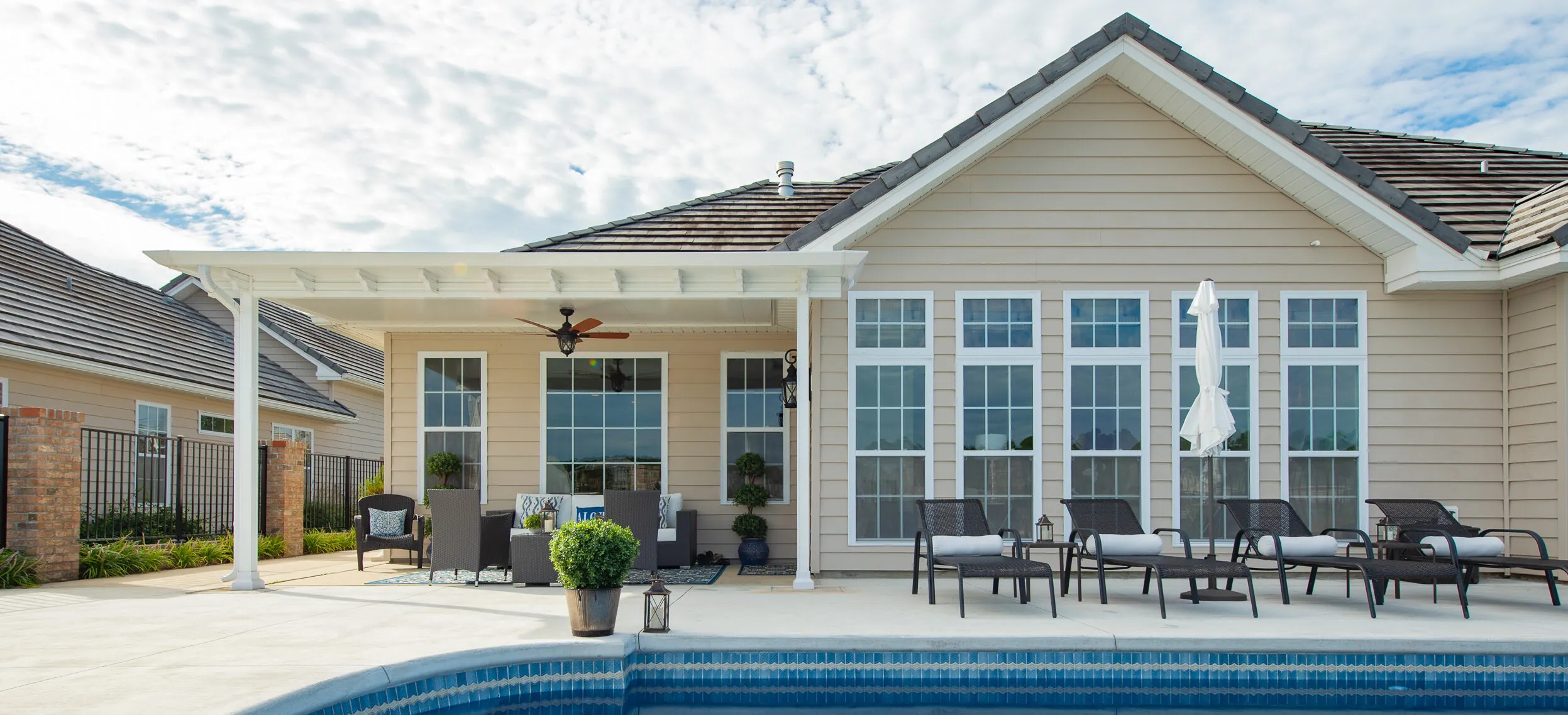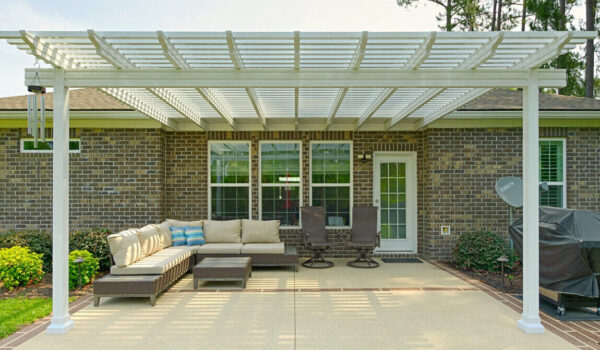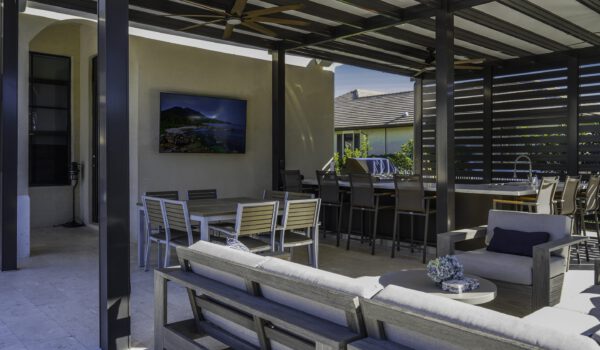Thanks to our precision-engineered components and trained contractor partners, you can expect your Renaissance Patio installation to come off without a hitch. Of course, the unexpected can occur, but with a little forethought and flexibility, you will be kicking back with your favorite beverage beneath your affordably luxurious patio cover in no time.
It only takes our local Renaissance Patio installers a few days to build your translucent cover, gazebo, or pergola, but the planning and regulatory hurdles threaten to toss a spanner into the works. Here are how to make sure that does not happen and ways you can keep your project running smoothly.
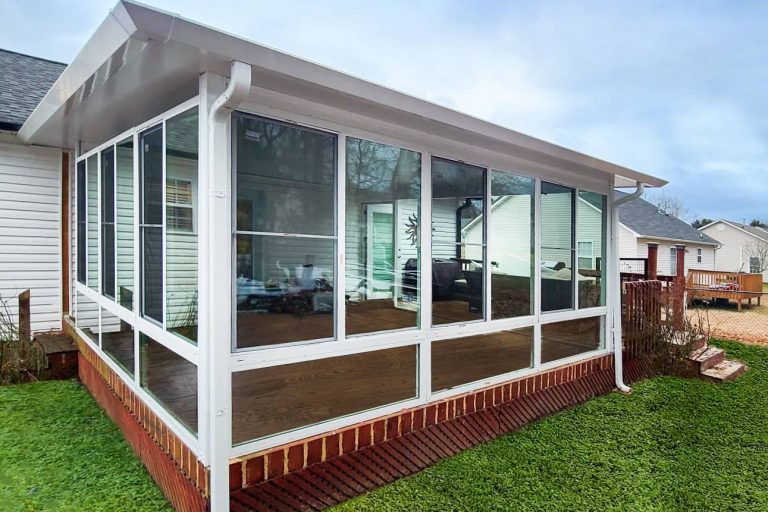
Follow the Rules
Flash forward a few months. You have chosen the type of outdoor structure you want and where to put it. You and your contractor have hashed out your patio’s design, agreed on a price and signed the contract. There’s nothing standing in your path to backyard bliss. As long as you have filed the paperwork properly. Flashback to today. You have submitted your patio plan for approval by your homeowner’s association, correct? And you will make sure your contractor pulls a permit from your city, county, or state building department when the HOA gives its blessing, right? The contractor will assist you to ensure your design choices conform with local building and zoning codes. Your HOA’s book of covenants, conditions and restrictions (CC&Rs) will outline the size, design, and color parameters your outdoor living space must abide by.
If you’re lucky, your project will not need a building permit, but don’t count on it. Fortunately, much of the same information needed for your HOA application can be reused on your permit submission. Both explaining your patio’s dimensions and location, what materials will be used, and how it will be constructed to comply with the local code. Your contractor knows the drill and he or she risks discipline – up to and including revocation of their license – for building without a permit. If it happens, you could be forced to have your structure removed and rebuilt after obtaining a valid permit and HOA OK. In other words, get it right the first time!
Ask Questions
Once construction begins, it is natural to want to be involved in the process. It is your property, and you are paying a significant sum to achieve your backyard vision, so do not feel as if you are bothering your contractor. In fact, we recommend you establish a rapport early. After all, the project will not take long. It is often best to consult with the installer as the crew arrives for work. That way, you won’t be interrupting their momentum and you can clear up any misunderstandings before additional work gets done. Here are some good questions to ask:
- What did you do yesterday?
- How far do you hope to progress today?
- Have you found anything that may cause the project to take longer than expected?
- Are we still on schedule?
- Do you have any suggestions that aren’t included in the project scope?
- If so, how much will they cost?
Inspect the builders’ work after they have finished for the day. Jot down notes, take pictures of and place sticky notes on any areas that don’t look exactly right so you can point them out the next morning. Be sure to get the full, understandable explanation you are looking for.
Be Reasonable and Flexible
Most contractors are diligent and accommodating. You should be, too. Renaissance Patio installations are generally two-person jobs. If one member of the crew gets sick, has a childcare or transportation issue, or any of a dozen other difficulties that can cause them to be late for or miss a day of work, try to be understanding. Extending the product a day or two is not the end of the world. If you believe the contractor has abandoned your project, file a complaint with your contractors’ board. The board also can mediate workmanship complaints or other disagreements you have with your builder.
Weather is another concern. Contractors should not be expected to work during thunderstorms or heavy snow. During the height of summer in many parts of the country, construction workers begin as early as 6 a.m. and may complete their shift by 2 p.m. to avoid the hottest part of the day. Whenever the work is scheduled, take care to let everyone who might be inconvenienced by your patio build what is going on. Night-shift neighbors who sleep during the day will appreciate it, as will family members who will be required to steer clear of staged materials and potentially hazardous work areas. Keep pets away from and move patio furniture and other outdoor equipment out of the construction perimeter.
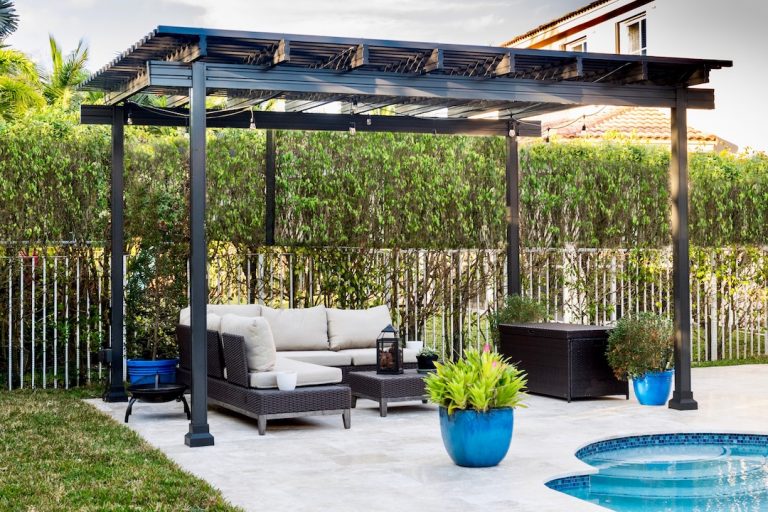
Check All the Boxes
Just because your install looks beautiful and sturdy, does not mean it is up to quality standards. That’s what inspectors are for. You are entitled to accompany the contractor and building inspector during the final walkthrough. It is not necessary, but if you choose not to be present, you will want to review the inspection report.
You can also ask the installer to perform a leak test by spraying your garden hose on it for an extended period. Most homeowners skip this step because of the time and huge volume of water required. It is easier to simply wait for the first heavy downpour to check that the roof structure is water-tight. If not, simply note the leak location and call the contractor. If you are working with a Renaissance Patio installation partner or any reputable contractor the work will be warrantied, and he or she will happily make the repair at no charge.
A little planning and hands-on management go a long way toward keeping your Renaissance Patio project on target, on schedule, and on budget. If you’re ready to explore how easy and satisfying installing a Renaissance Patio can be, contact us today and let’s start planning.
Ready to talk to an expert about your patio dreams?
Get your custom quote or call us at 1-866-224-4891
